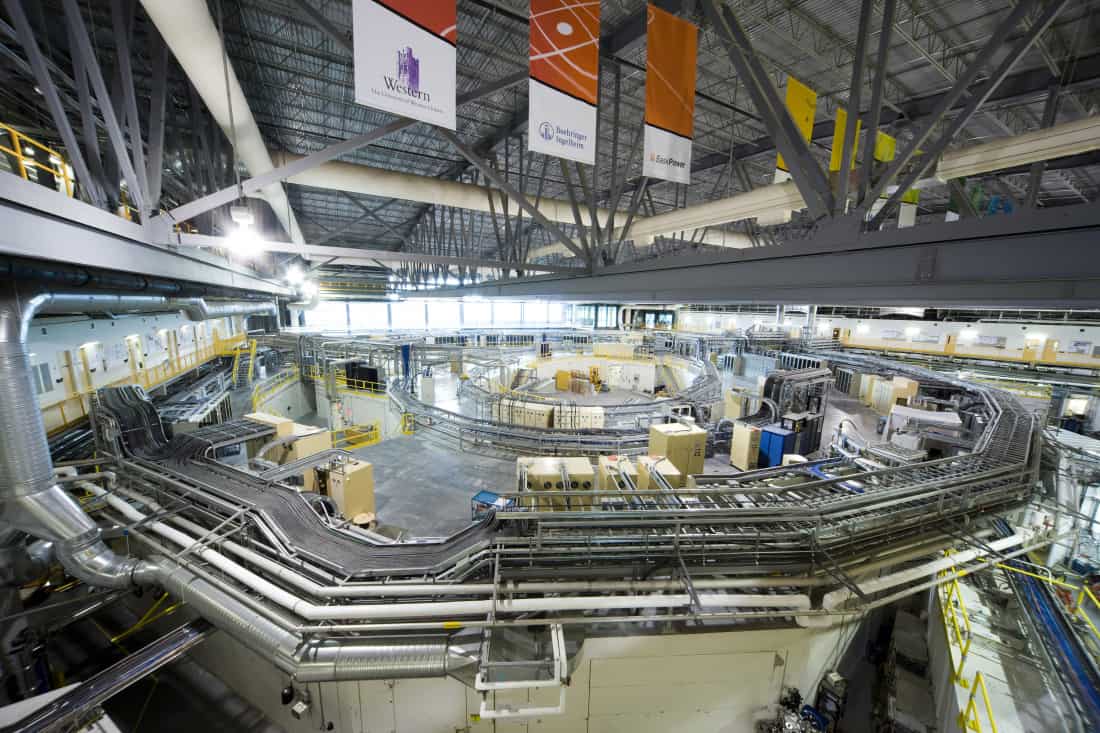
When you think of science and art, you normally don’t lump the two together as a cohesive subject, but rather, you think of them as separate disciplines with differing approaches. But science and art go together hand in hand.
For someone who is a science major and also an art enthusiast, it’s amazing to have both of my worlds collide together when they do.
In art history, you learn to apply different theories about how art is created, why it’s appealing the way it is, and how colours can manipulate your opinion of a painting.
In the field of art restoration, you can learn how to restore a painting that’s nearly 100 years old or even how to add colour to a photo that was originally black and white. Disciplines like art restoration and art history all include the science aspect of art because they require scientific technology.
Science is a discipline that contributes to art. We use ideas and theories from science and apply them to art more often than you might think. Take Leonardo da Vinci, for example. He was not only an artist but also a scientist. His sketchbooks are full of prototypical flying machines, and he helped develop a better understanding of human anatomy, but he was also was known for The Last Supper, the Mona Lisa and more.
Blending science and art is exactly what scientist and artist Madalena Kozachuk is doing. A PhD student from Western University, Kozachuk is using Saskatoon’s Canadian Light Source synchrotron to restore images from as early as the 1850s.
The images, daguerreotypes produced from the earliest photography technique which used metal pates, had deteriorated beyond recognition. With the help of synchrotron technology, not only were Kozachuk and a team of scientists able to restore the images back to their original glory but they also learned the chemical properties of tarnish — a corrosive layer that forms on certain metals.
With this kind of research, we might develop new artrestoration techniques and restore more images lost to time — which, in turn, would allow us to discover more about our history.
We can use science to enhance our art, and thus, our culture, which helps us to enrich our experience as humans. It’s not as hard as it seems to integrate the two disciplines together, either. Since we were kids, we have been doing it with experiments on how to make rock candy, sun prints, leaf rubbings, clay firing and more. But back then, we just didn’t recognize it as science because it was done under the pretext of art.
The hope is that people start to recognize that science and art belong together. They have been kept as separate concepts for so long in society when they have in fact always been there for each other. Together, they work to enhance the projects and historical landmarks around us.
The goal should be to open people’s minds and allow people to enjoy both science and art rather than upholding a false binary between science and art. You don’t have to choose. Allow yourself to be both scientific yet also artistic and creative — because science, after all, can be a creative process.
—
Yashica Bither
Photo: Canadian Light Source Inc / Creative Commons